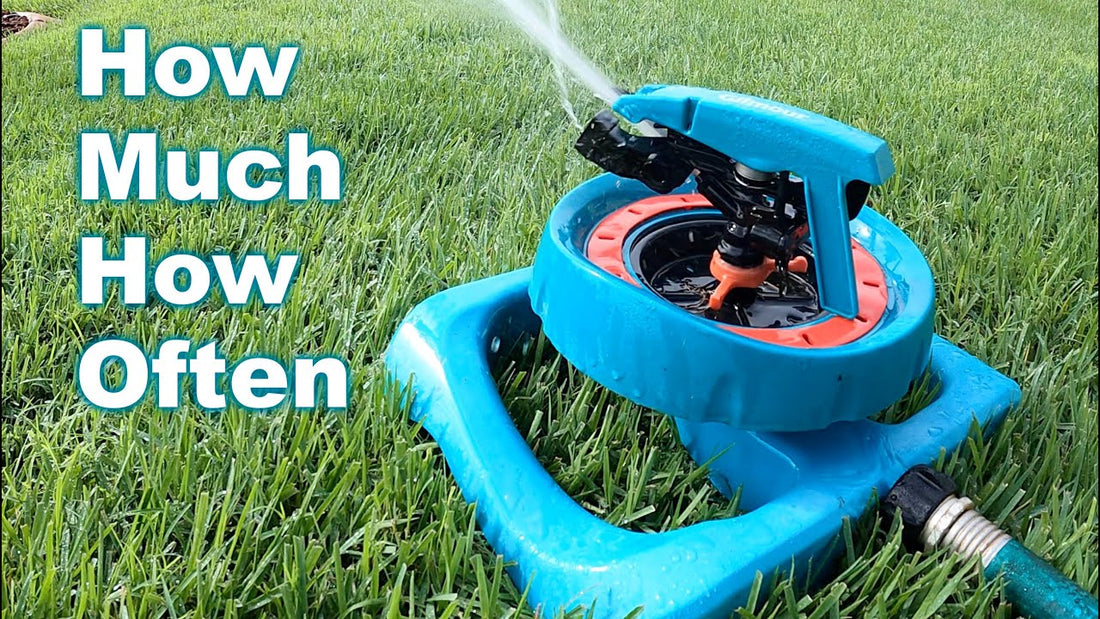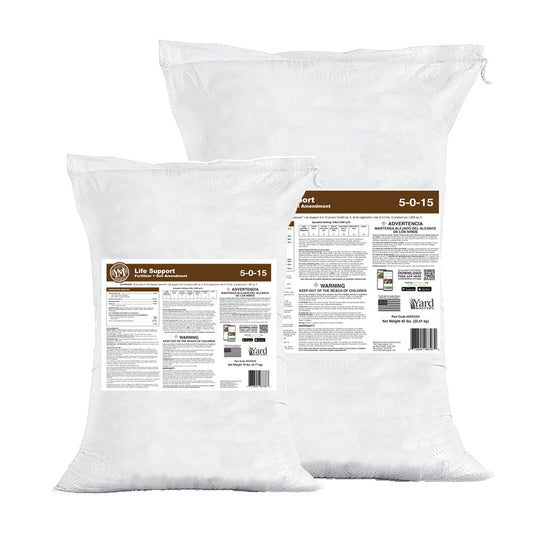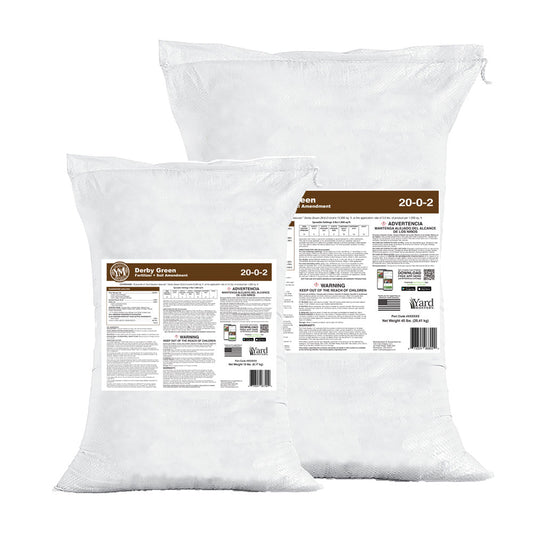How Much Should You Water The Lawn?
In general, lawns in summer need about ½” of water every 3 days or so. If it’s a little cooler where you are, say, in the high 70s, then you could get away with ½” every 3-4 days. If it’s hotter where you are, say, 85 and sun all day, then maybe every 2-3 days. If you are in south Texas where it’s over 95 in the summer, for sure every 2 days.
Frequency is one key, but the other is to irrigate deep; meaning let the soil dry out in between waterings and when you do water, get down enough that it soaks down deeper. This encourages the roots to follow that water. If you water shallow, they will literally turn upward to the surface to get the water and that is how bad thatch problems occur.
In most cases, if you apply ½” of water through your irrigation system or manual sprinkler, that is going to be considered a “deep watering.”
Check out this video - How Much Should I Water My Lawn? | Lawn Watering Tips
That is the standard: deep and infrequent watering.
Most of you have probably heard that one before. No matter what your grass type, in summer, get down ½” of water about every 3rd day.
“I water for 20 minutes 3x per week”
So then why is it that when people tell me about their watering schedule they often say “I put my sprinklers out for 20 minutes every 3rd day,” or “I water 3x per week for about 20 minutes?”
Do you see what’s wrong with that phrasing? If not, let me illustrate, literally, with two of my original and crafty drawerrrings.

This first one here is illustrating two different positions of an “impact sprinkler.” You know these types because they make the sound you remember from summer “chk-chk-chk-chk-chk, stststststststststst”
You know you can adjust these to an arc that goes back and forth to cover a semi-circle, or you can even adjust them to do a full circle, 180 degrees. In that drawing there I have illustrated two different “positions” you may have to move it to in your yard. If you left that same sprinkler in each location for 20 minutes, do you think that #1 and #2 on the drawing would get the same amount of water?
Do you even know how much water each would get in 20 minutes? What about in 60 minutes?
Let’s next look at the favorite sprinkler of the “postage stamp lawn.” This one is the oscillating sprinkler and it’s one I used to see in front yards of homes when I worked on the Southside of Chicago in the 1990s. The reason this one is popular with small lawns is that you can literally set it on the sidewalk and it will cover your entire front lawn without having to move it.
Now I don’t know if it is still like this, but back then, folks who lived in the Chicago city limits got free water. It was the best water too, straight from Lake Michigan. And I can’t tell you how many of my customers in those days would leave that sprinkler out in their front lawn literally all day, everyday. If you are from the southside of Chicago, I know you have seen this.
Same thinking here though; how much water is actually being put out from that single, oscillating sprinkler in 20 minutes if not all day?
The Tuna Can Challenge
So the key with getting your irrigation in line for this summer is to know just how long each position of your chosen sprinkler has to run in order to get down that ½”. You should no longer be saying “I leave it out there for 20 minutes, 3x per week.” Instead, you should map out your sprinkler positions and know for certain how long it needs to be left out there for each position.
In-ground irrigation is the same way! You are not exempt from this just because you have a system installed. And in fact, oftentimes folks with in-ground systems are the worst offenders! You guys will say “I have every zone come on for 10 minutes each morning.” If you have ever said that before, PLEASE keep reading!!!
Here are two videos for you to watch that will give you some instructions on making an irrigation map. This is a fun one to do with your kids too. We know kids like to play in the sprinklers but why not get a little work done at the same time, and learn some logical thinking skills along the way.
Setting Up In Ground Sprinkler Zones
Setting Up Manual Sprinkler Zones
Hope this has been helpful, have a great week and I’ll see you in the lawn!
AL








